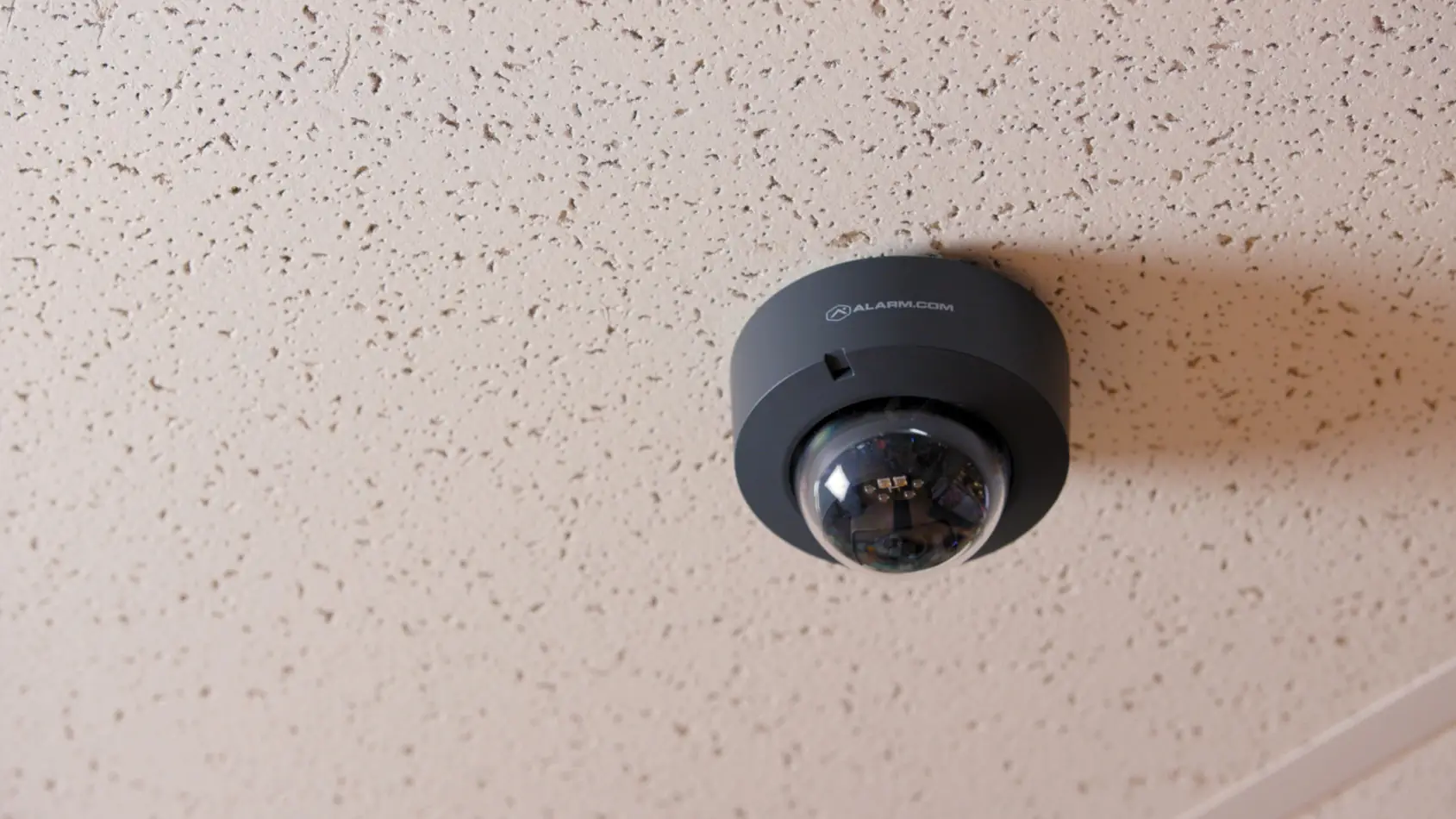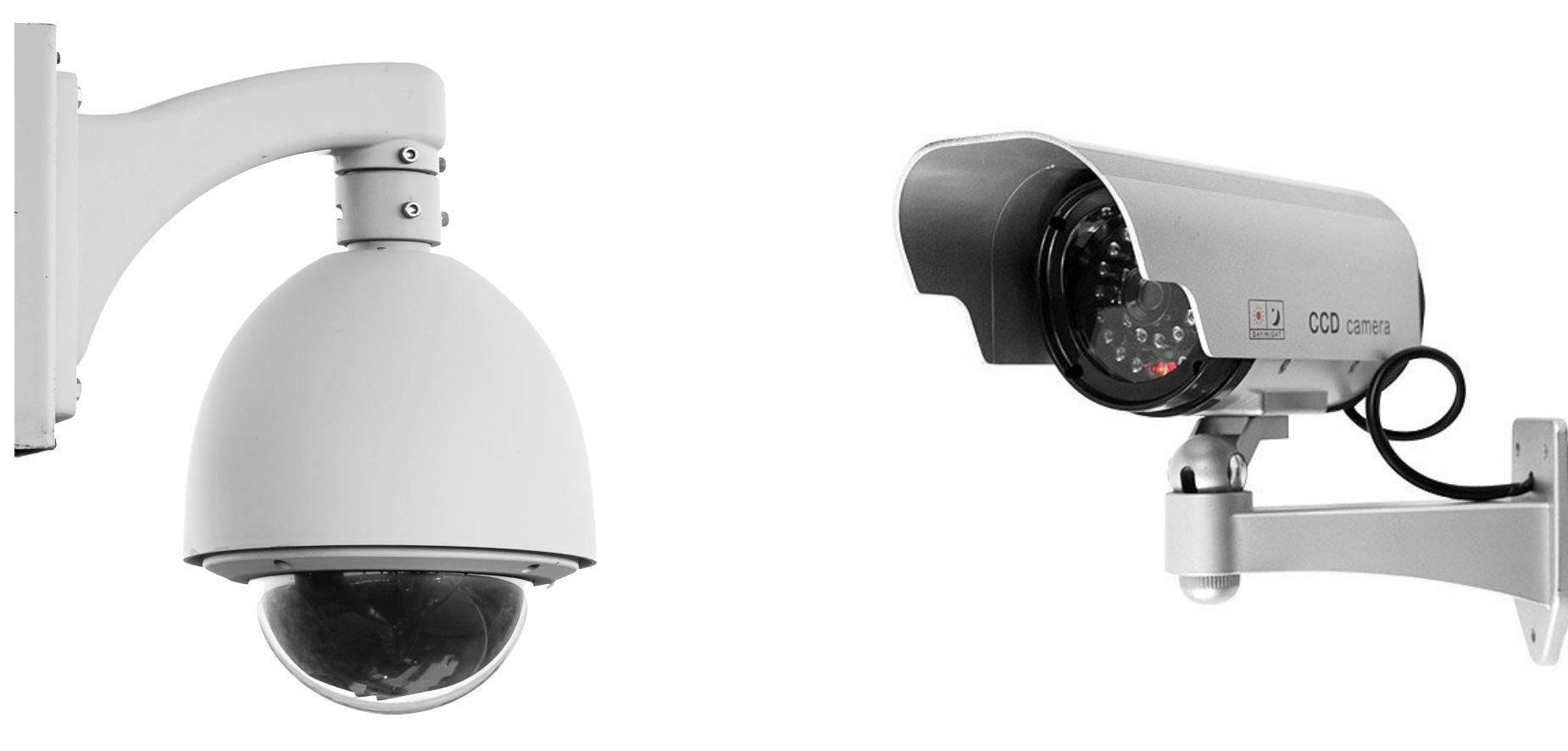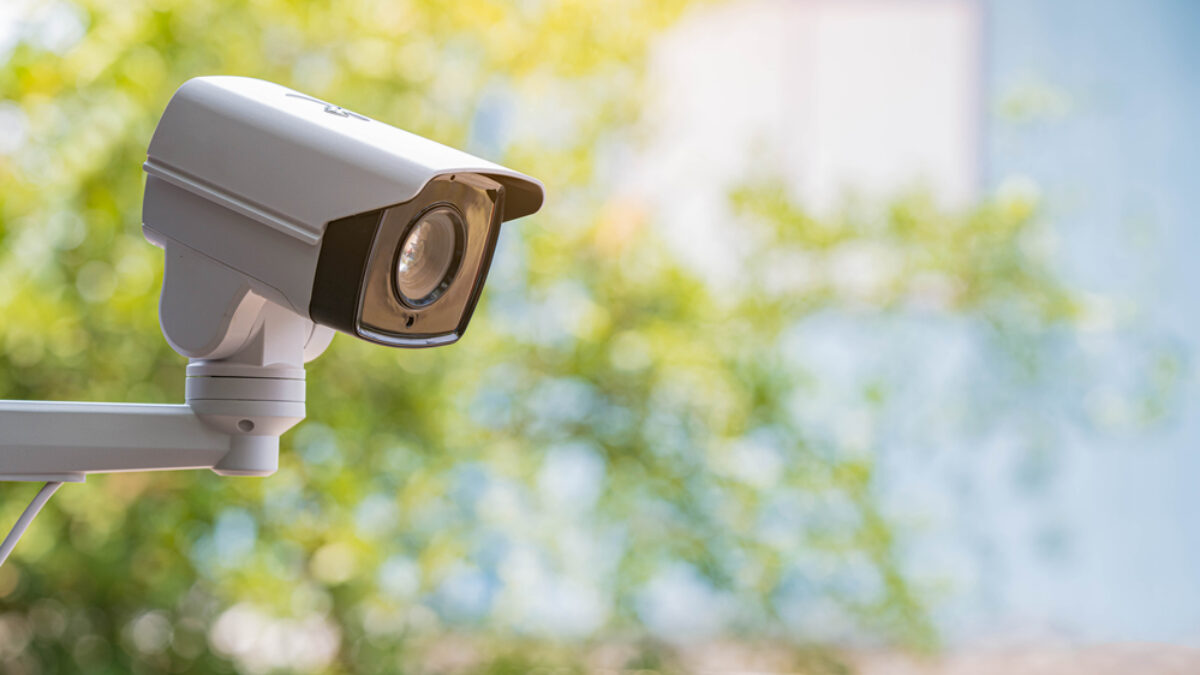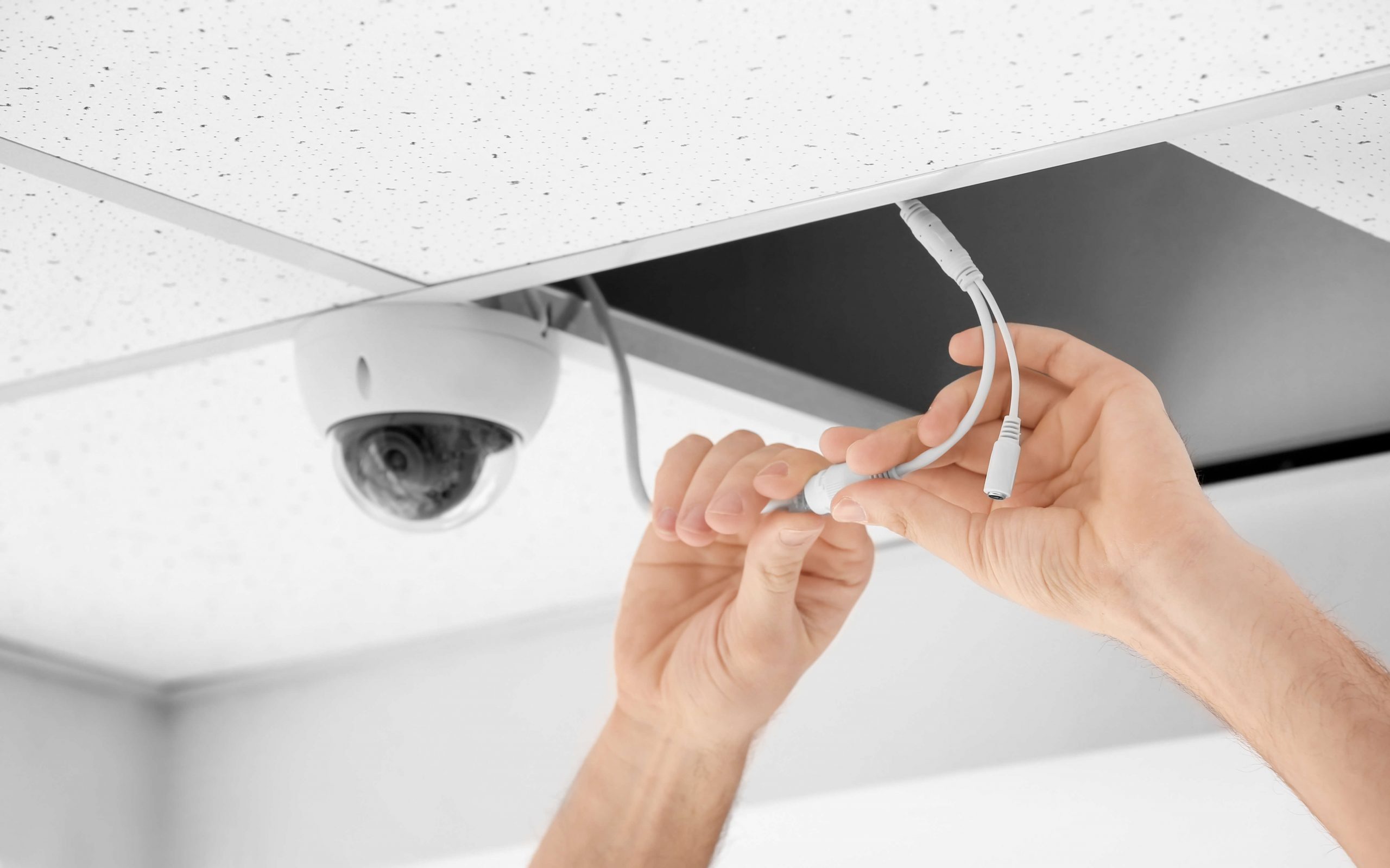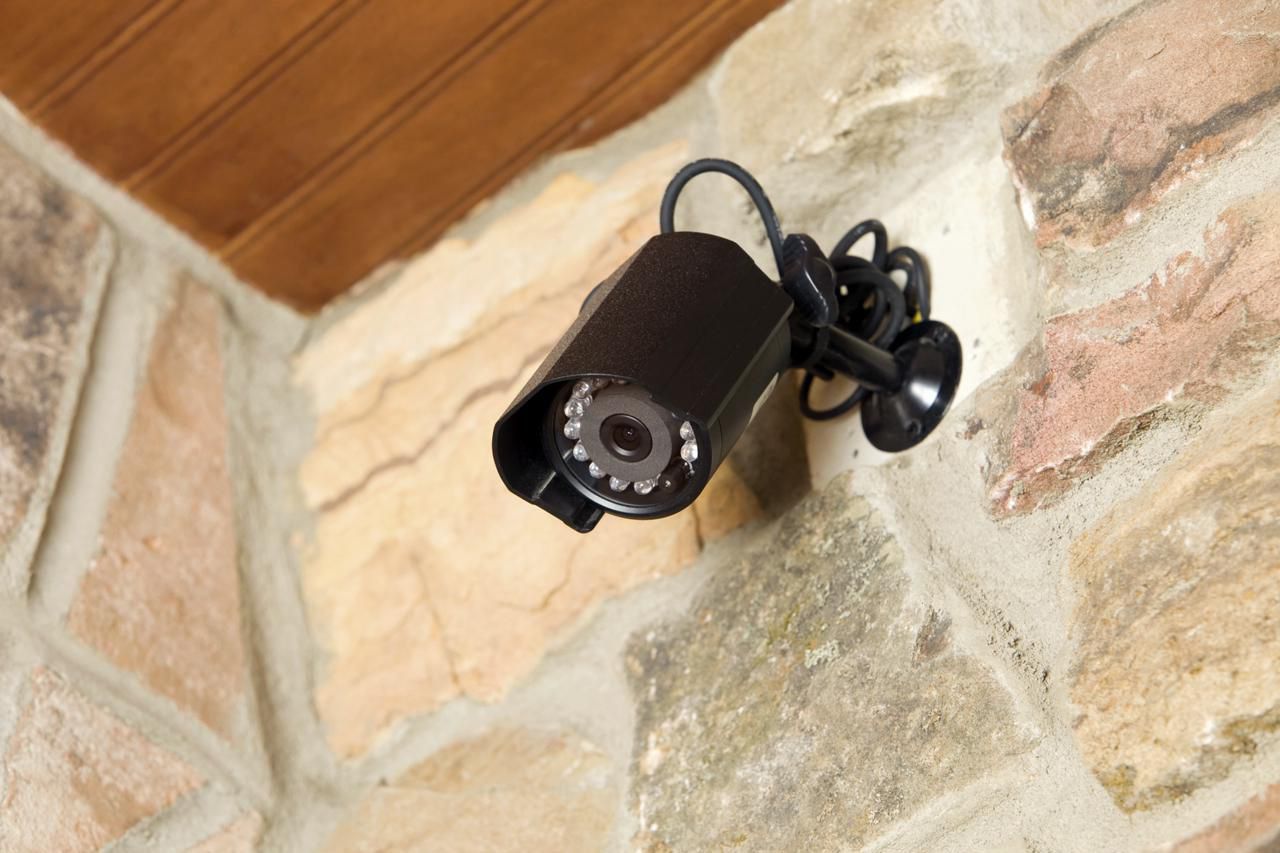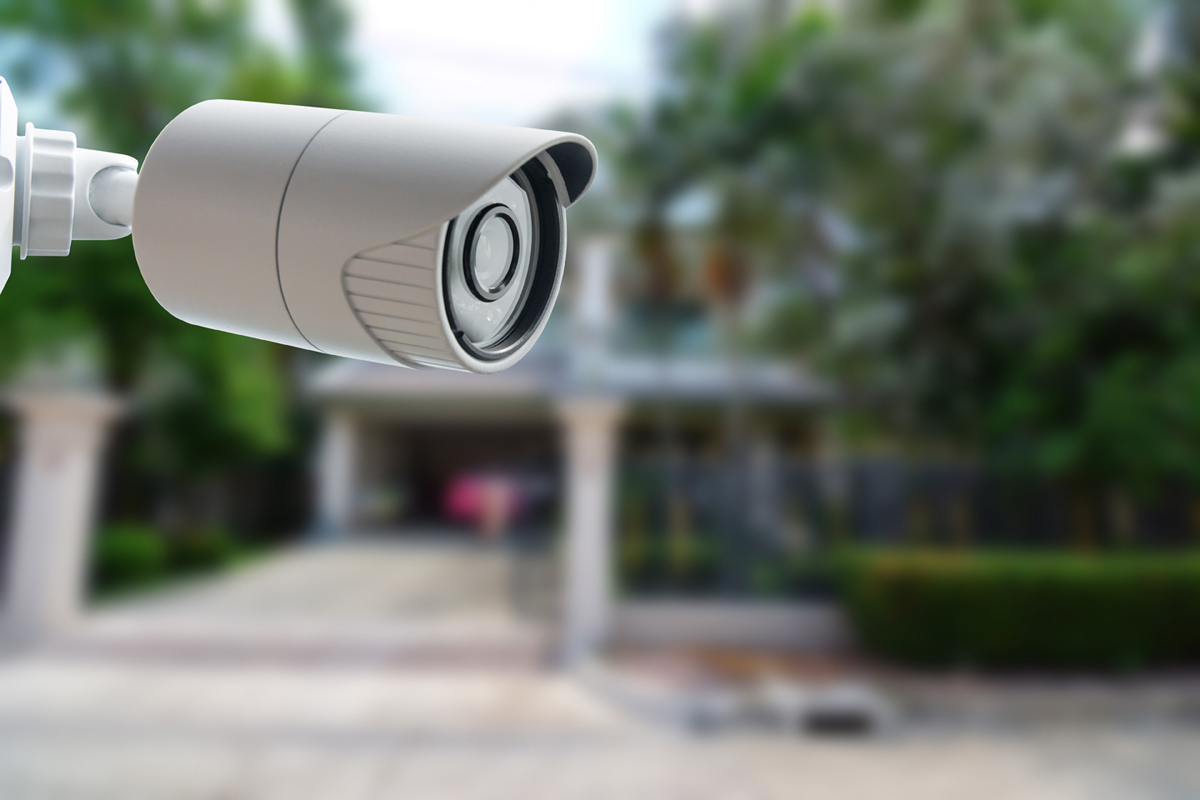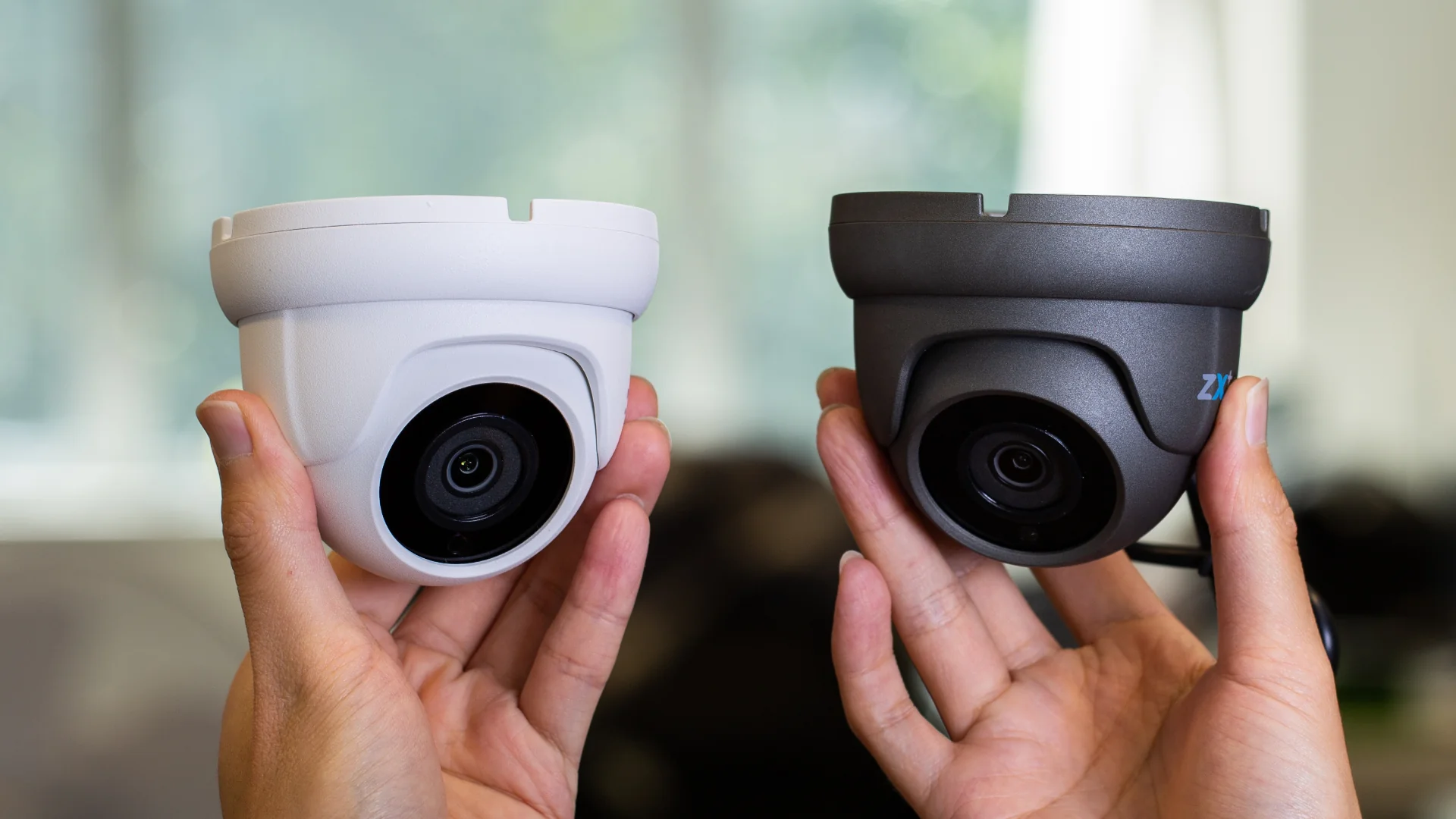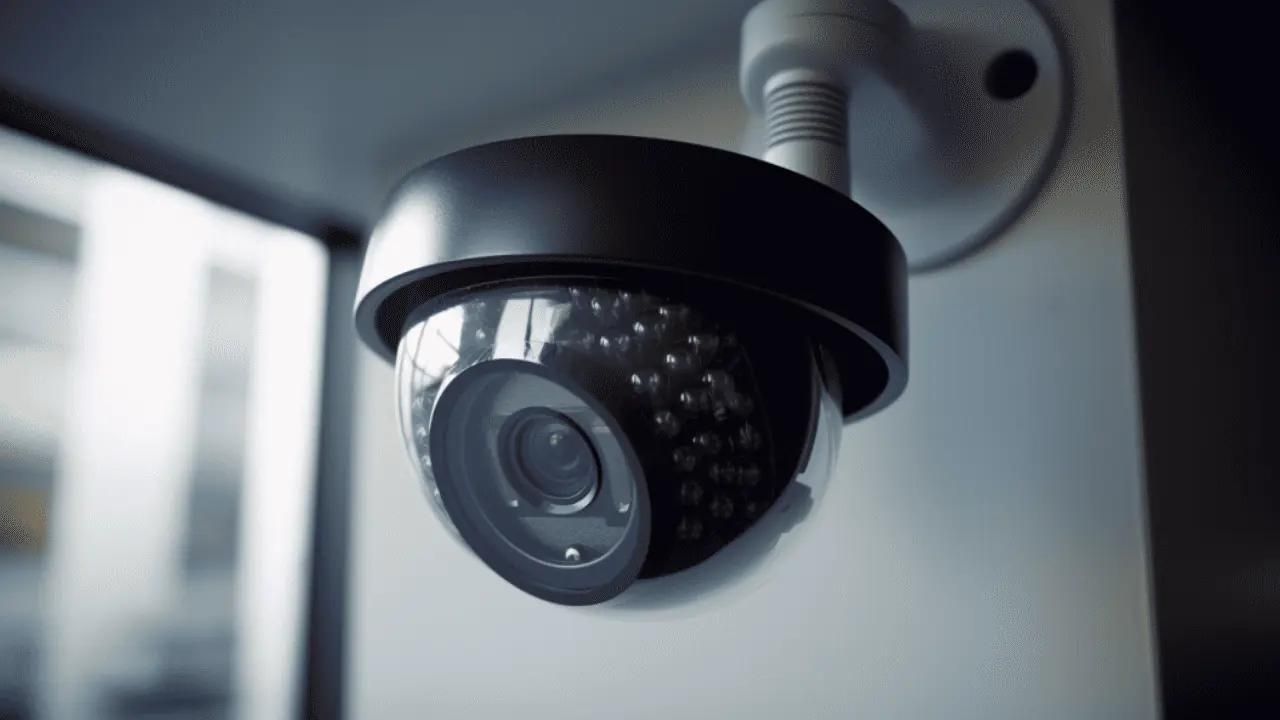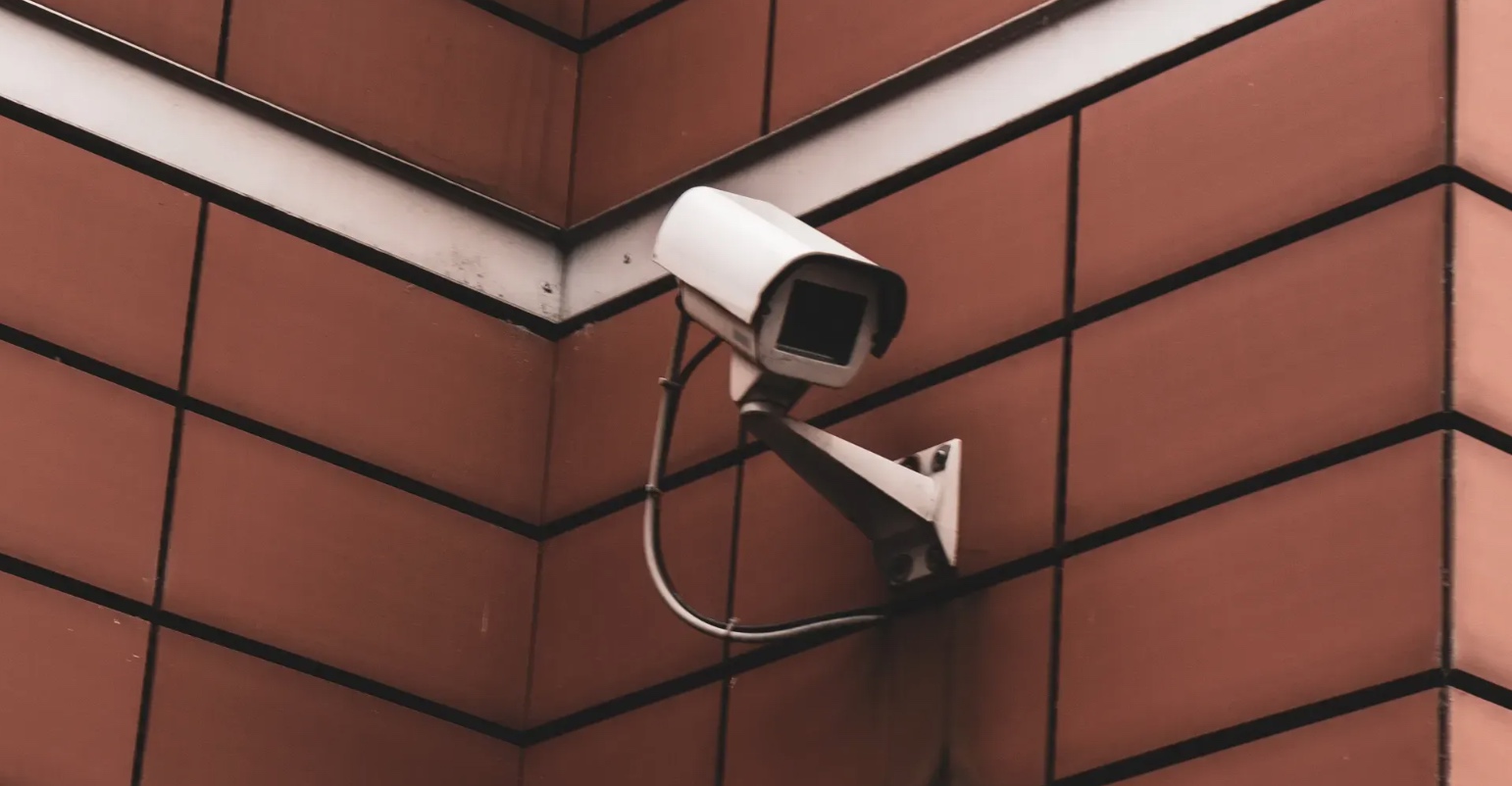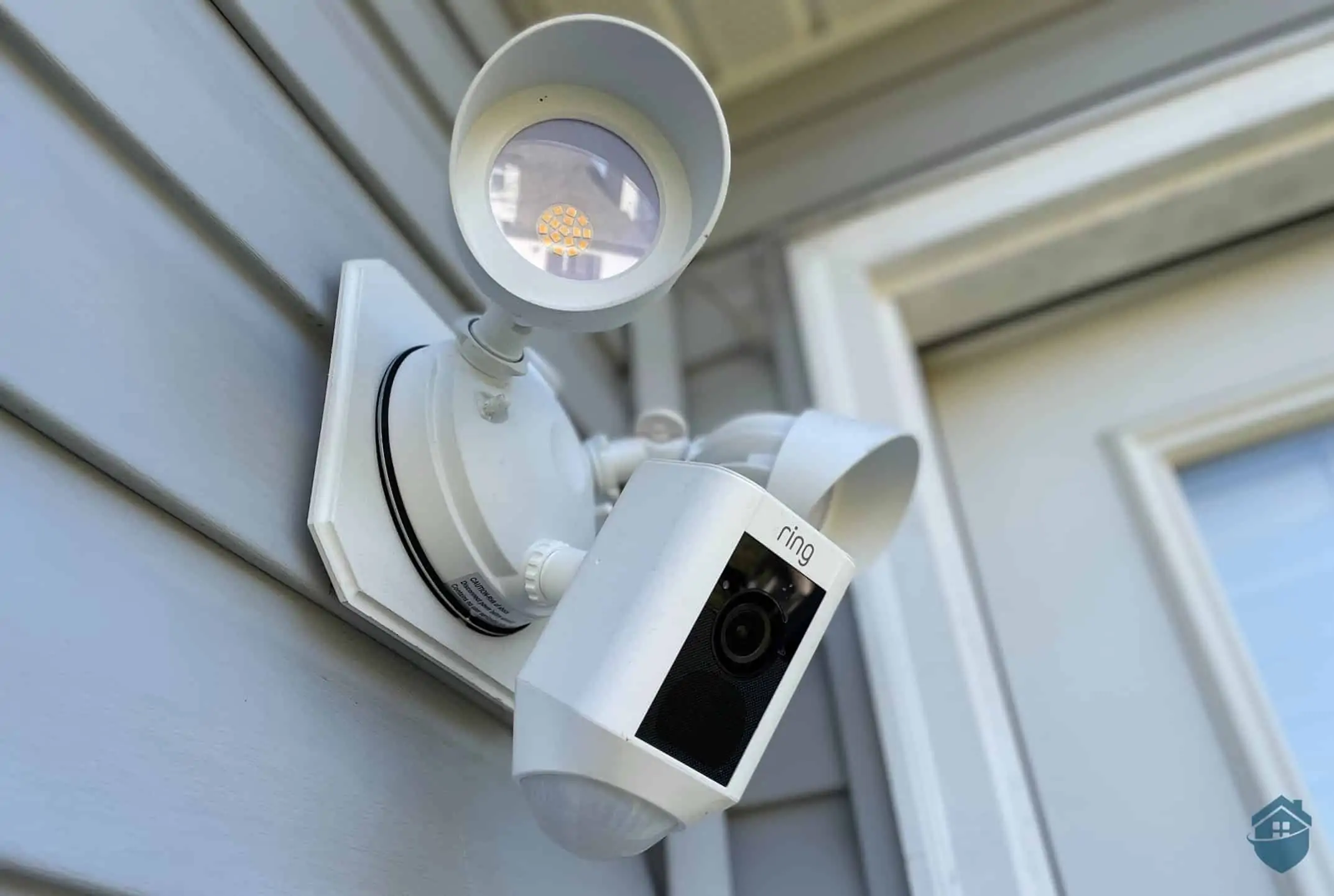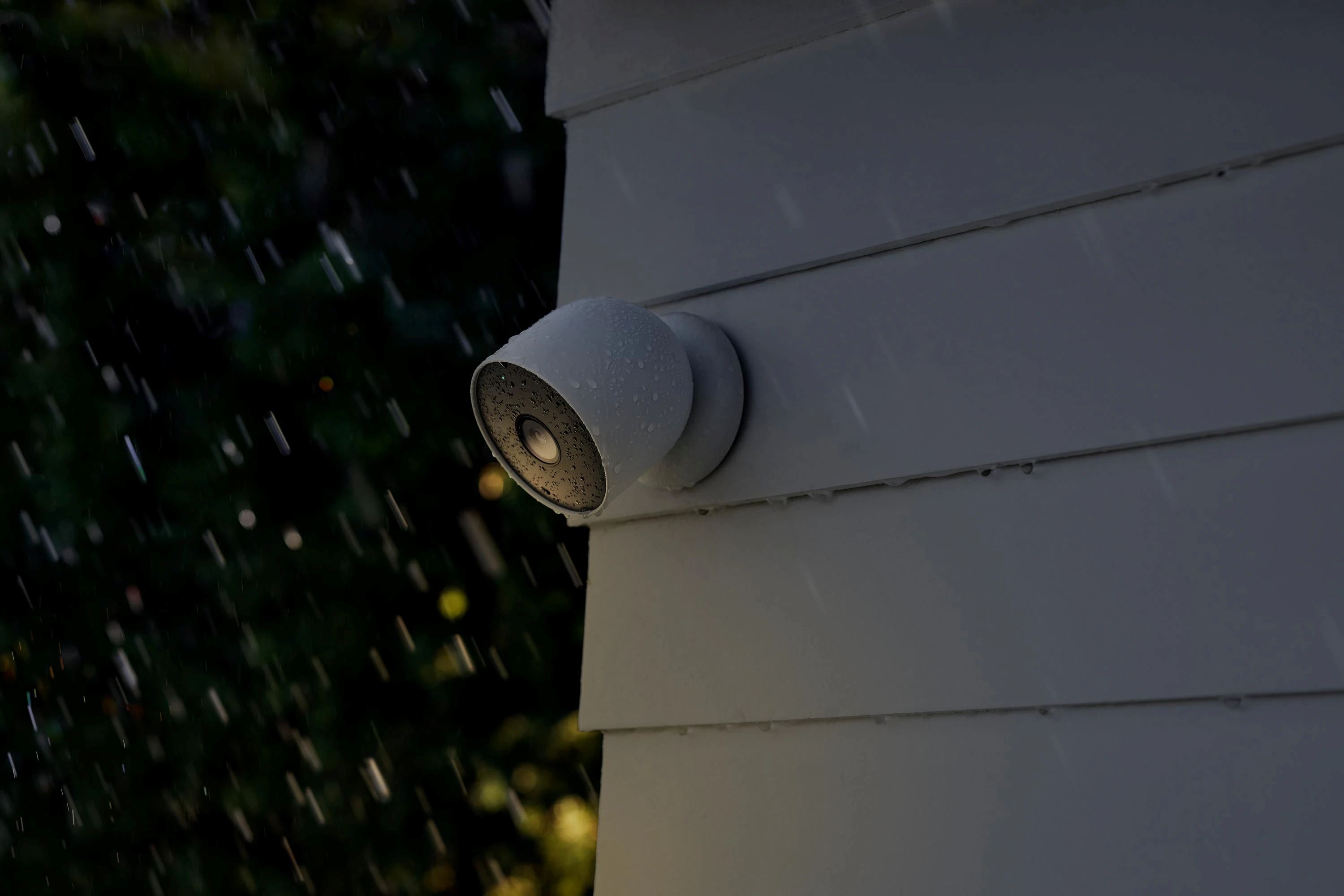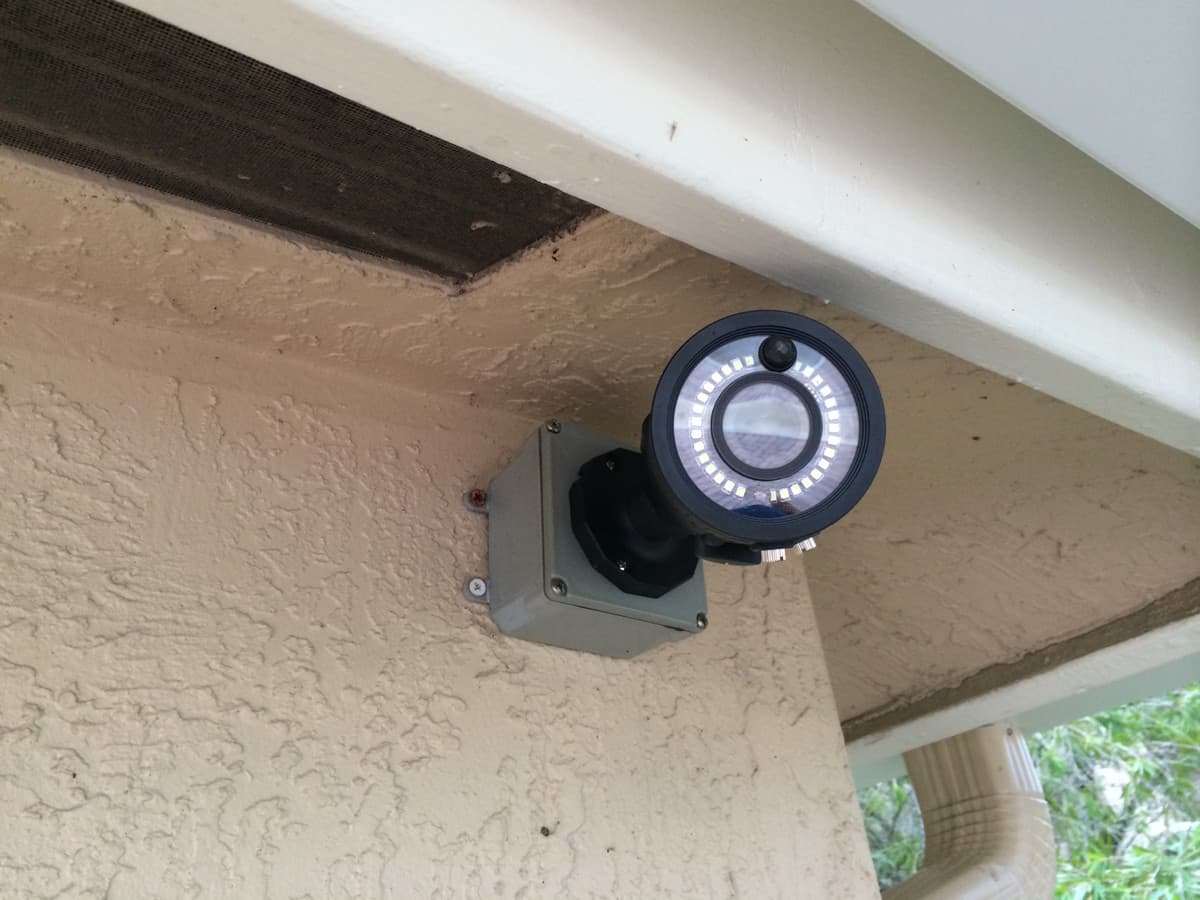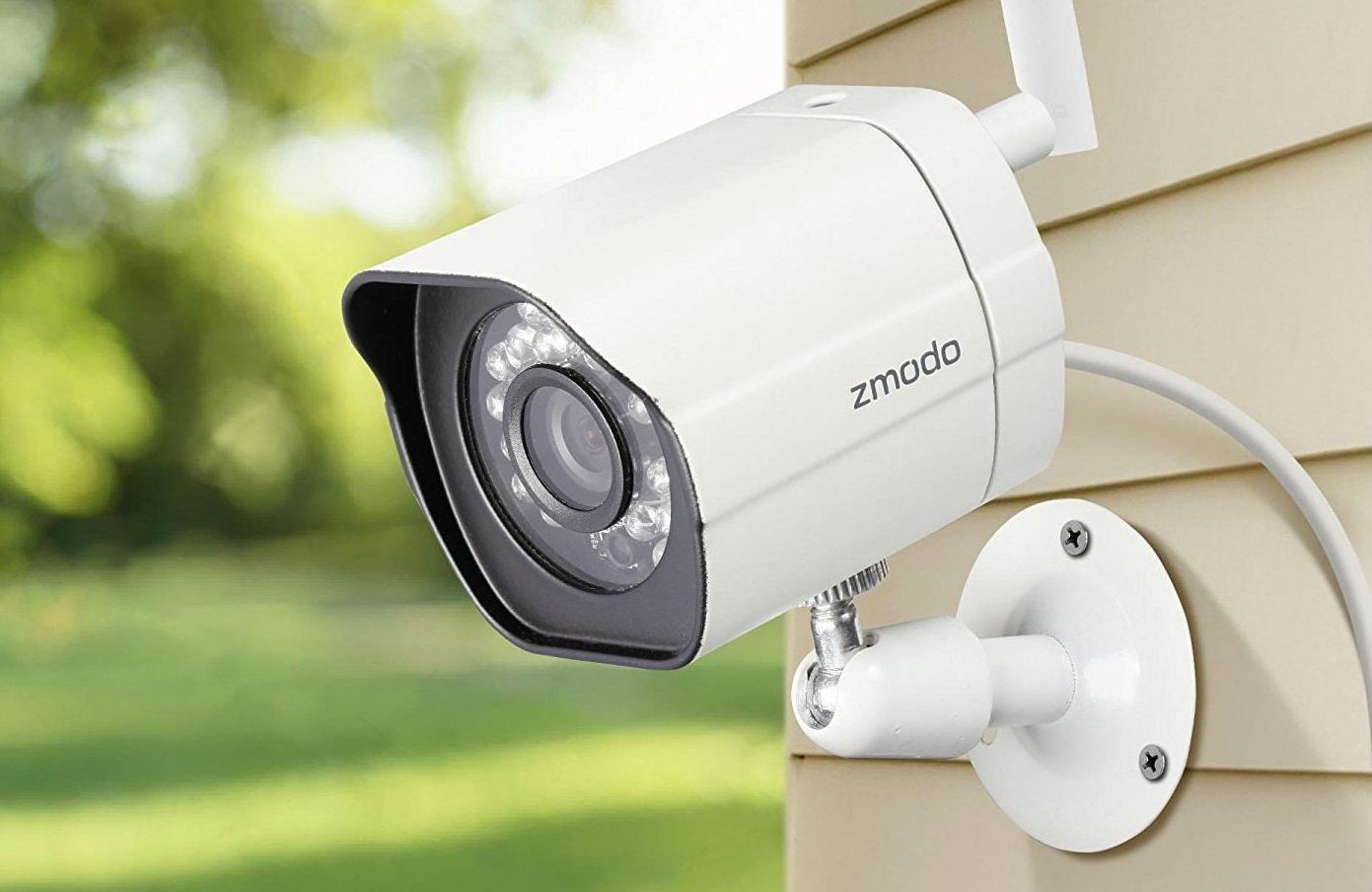Home>Home Security and Surveillance>What Security Cameras Do Not Require A Subscription
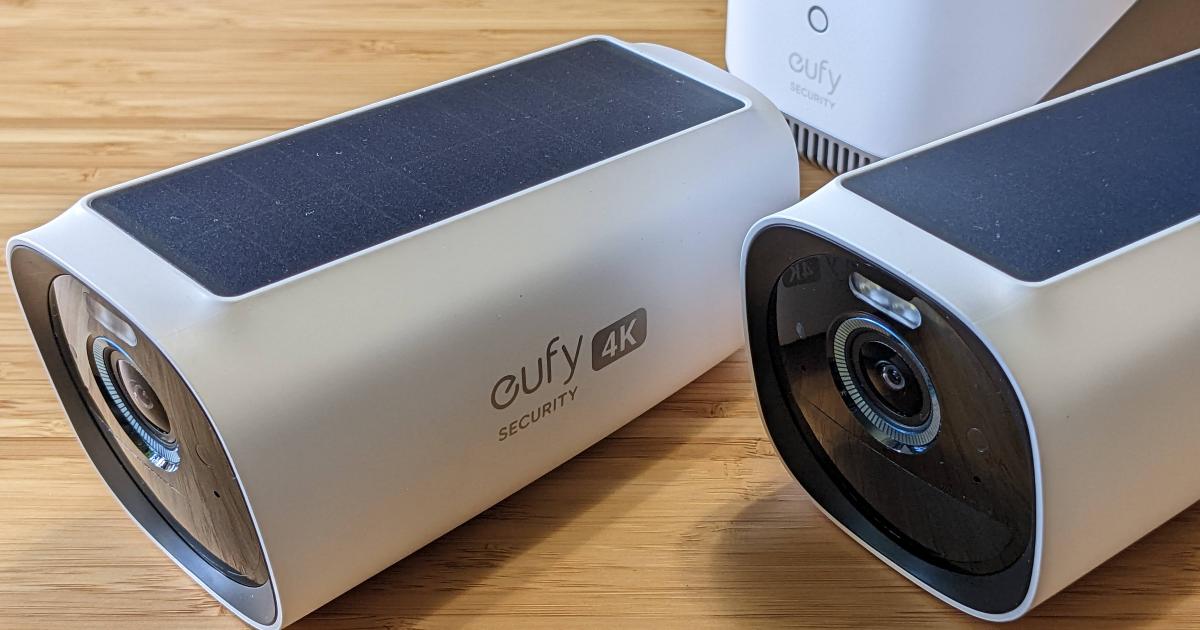

Home Security and Surveillance
What Security Cameras Do Not Require A Subscription
Modified: March 6, 2024
Looking for home security and surveillance cameras that don't require a subscription? Discover the best options for hassle-free monitoring without ongoing fees.
(Many of the links in this article redirect to a specific reviewed product. Your purchase of these products through affiliate links helps to generate commission for Storables.com, at no extra cost. Learn more)
Introduction
When it comes to home security and surveillance, many homeowners may feel overwhelmed by the abundance of options available in the market. One common concern is the requirement for a subscription plan to access the full functionality of security cameras. However, there are plenty of security cameras available that do not require a subscription, providing a cost-effective and convenient solution for those looking to protect their homes without the additional monthly expenses.
By opting for security cameras without a subscription, homeowners can enjoy a range of benefits, including increased flexibility, lower costs, and greater privacy. These cameras still offer advanced features and reliable surveillance, ensuring peace of mind and a secure environment for you and your loved ones.
In this article, we will explore the benefits of choosing security cameras without a subscription, discuss the different types available, highlight key features to look for, provide important considerations before purchasing, guide you through the installation process, share tips to maximize security and efficiency, and compare some of the top options on the market.
Whether you’re a first-time buyer or looking to upgrade your home security system, this comprehensive guide will assist you in making an informed decision about the best subscription-free security cameras for your specific needs.
Key Takeaways:
- Save money and enjoy privacy with security cameras that don’t require a subscription. Benefit from flexible monitoring, easy setup, and no hidden costs while ensuring reliable home surveillance.
- Choose from various types of subscription-free security cameras, each offering unique features. Look for high-definition video, night vision, and motion detection to maximize security and peace of mind.
Benefits of Security Cameras Without Subscription
Choosing security cameras without a subscription offers a range of benefits that make them an attractive option for homeowners. Here are some key advantages:
- Cost-Effective: One of the primary benefits of subscription-free security cameras is the cost savings. With no monthly fees or long-term contracts to worry about, you can enjoy continuous surveillance without breaking the bank. This is especially beneficial for those on a tight budget or who prefer to make a one-time investment in their home security system.
- Flexibility: Subscription-free security cameras provide greater flexibility in terms of usage and monitoring. You have the freedom to access live feeds and recorded footage at any time, without any limitations or restrictions imposed by subscription plans. This flexibility ensures that you can customize and control your surveillance system according to your unique requirements.
- Privacy: Many homeowners are concerned about the potential invasion of privacy that comes with subscription-based security cameras. With subscription-free cameras, you have greater control over your data and can choose how it is stored and accessed. This provides peace of mind, knowing that your personal information is not being shared or stored on external servers.
- No Hidden Costs: Subscription-based security cameras often come with hidden costs, such as additional fees for cloud storage, advanced features, or customer support. By opting for cameras without a subscription, you eliminate these hidden costs and have a transparent understanding of the expenses involved, allowing for better financial planning.
- Easy Setup: Subscription-free security cameras are typically designed for easy installation and setup. Most cameras come with detailed instructions and user-friendly interfaces, making it possible for anyone, regardless of technical expertise, to set up and start using the cameras quickly. This ensures a hassle-free experience without the need for professional assistance or complicated configurations.
These benefits make subscription-free security cameras a popular choice among homeowners who want a reliable and cost-effective home security solution, without the additional burdens of a subscription plan.
Types of Security Cameras Without Subscription
There are various types of security cameras without a subscription, each with its own set of features and functionalities. Let’s explore some of the most common types:
- Wireless Security Cameras: Wireless security cameras without a subscription offer the convenience of easy installation and flexibility in terms of placement. These cameras use Wi-Fi or other wireless technologies to connect to your home network, allowing you to monitor your property remotely through a smartphone application or web browser. They often have rechargeable batteries or can be powered by solar panels, eliminating the need for complicated wiring.
- Outdoor Security Cameras: Outdoor security cameras are specifically designed to withstand harsh weather conditions and provide surveillance for the exterior of your home. These cameras are built with durable materials, such as weatherproof casings, to ensure uninterrupted monitoring, even in rain or snow. They may also include features like night vision, motion detection, and wide-angle lenses to capture clear footage and detect any potential threats or intrusions.
- Indoor Security Cameras: Indoor security cameras without a subscription are ideal for monitoring the inside of your home. These cameras can be placed strategically in entryways, hallways, or common areas to keep an eye on activities and provide an extra layer of security. Indoor cameras often come with two-way audio, allowing you to communicate with family members or pets remotely. Some models also offer pan and tilt capabilities, enabling you to adjust the camera’s view remotely.
- Doorbell Cameras: Doorbell cameras have surged in popularity in recent years, providing an innovative way to monitor and secure your front door. These cameras are integrated into a doorbell system and allow you to see and communicate with visitors through your smartphone or other connected devices. Doorbell cameras without a subscription often have features such as motion sensors, live video streaming, and cloud storage for recorded footage, ensuring you never miss an important event or delivery.
- Hidden Cameras: Hidden cameras, also known as spy cameras or nanny cams, are discreetly designed to blend into the environment and go unnoticed. These cameras come in various forms, such as clocks, smoke detectors, or even stuffed animals, and offer covert surveillance. They are useful for monitoring suspicious activities or ensuring the safety of children or elderly family members.
These are just a few examples of the types of security cameras available without a subscription. Depending on your specific needs and preferences, you can choose the cameras that best suit your home security requirements.
Features to Look for in Security Cameras Without Subscription
When choosing security cameras without a subscription, it’s essential to consider certain features that will enhance the effectiveness and reliability of your surveillance system. Here are some key features to look for:
- High-Definition Video Quality: Opt for cameras that offer high-definition (HD) video quality to ensure clear and detailed footage. Look for cameras with at least 1080p resolution, as this will provide sharp images and make it easier to identify individuals or objects.
- Night Vision: Night vision capabilities are crucial for monitoring your property in low-light or dark conditions. Ensure that the cameras you choose have infrared (IR) LEDs or other night vision technologies that can capture clear footage, even in complete darkness. The range and quality of night vision should be considered as well.
- Motion Detection: Look for cameras with built-in motion detection sensors. This feature enables the camera to detect any movement within its field of view and trigger recording or send alerts to your smartphone. This is particularly useful for notifying you of potential intruders or suspicious activity, allowing you to take immediate action.
- Two-Way Audio: Two-way audio functionality allows you to listen and speak through the camera. This feature can be handy for communicating with family members, pets, or visitors remotely. It enhances the interactive capabilities of the camera and can serve as an additional deterrent against intruders.
- Storage Options: Consider the storage options available for recorded footage. Many security cameras without a subscription offer local storage through microSD cards or USB drives. Others may provide cloud storage options, either free or with a paid option. Evaluate your storage needs and preferences to ensure that the camera’s storage capabilities align with your requirements.
- Mobile App Integration: Check if the security cameras can be accessed and controlled through a dedicated mobile app. A well-designed app can provide a user-friendly interface for live viewing, playback, and managing camera settings. Ensure that the app is compatible with your smartphone’s operating system for seamless remote monitoring.
- Smart Home Integration: If you have a smart home setup, consider cameras that are compatible with popular smart home platforms like Amazon Alexa, Google Assistant, or Apple HomeKit. This integration allows you to control your cameras using voice commands or through unified smart home interfaces and routines.
- Weather Resistance: If you plan to use the cameras outdoors, ensure that they are weather-resistant and can withstand extreme temperatures, rain, and humidity. Look for cameras with an IP65 or IP66 rating, indicating their resistance to dust and water.
These features will enhance the functionality and usability of your security cameras without a subscription, providing you with a reliable and comprehensive surveillance system for your home.
Considerations Before Choosing a Security Camera Without Subscription
Before making a decision on the security camera that best fits your needs, it’s important to consider a few key factors. These considerations will ensure that you select the right camera for your home security requirements:
- Location and Coverage: Determine the areas of your home that require surveillance and identify the specific coverage you need. Consider both indoor and outdoor areas, as well as any specific points of entry or vulnerable spots that require monitoring. This will help you determine the number and type of cameras you need to achieve comprehensive coverage.
- Power Source: Consider the power source for your security cameras. Some cameras are battery-powered, offering flexibility in terms of placement and easy installation. Others may require a constant power supply through wired connections. Choose the power source that best suits your preferences and the camera’s location.
- Budget: Determine your budget for security cameras, keeping in mind that subscription-free cameras offer cost savings compared to those with monthly fees. Consider the upfront cost of the cameras, as well as any additional costs for storage devices or other accessories. It’s important to strike a balance between affordability and the features you require.
- Internet Connection: Ensure that you have a stable and reliable internet connection for your security cameras. Without a subscription, most cameras rely on Wi-Fi connectivity to transmit footage and allow remote access. If your internet connection is unreliable or weak in certain areas, consider using Wi-Fi range extenders or opting for cameras with Ethernet connectivity for a more stable connection.
- User Interface and Ease of Use: Consider the user interface and ease of use of the cameras. Look for cameras with intuitive mobile apps or web interfaces that are easy to navigate and understand. Testimonials and reviews from other users can provide valuable insights into the user experience and overall usability of the cameras you are considering.
- Additional Features: Think about any specific features or functionalities that are important to you. This could include advanced motion detection, facial recognition, pan and tilt capabilities, or integration with other smart home devices. Prioritize the features that are essential for your home security needs.
- Scalability: Consider whether you may want to expand your security system in the future. Look for cameras that can be easily integrated with additional cameras or accessories, allowing you to scale up your surveillance system as needed.
- Reviews and Recommendations: Take the time to read reviews and recommendations from other users who have experience with the cameras you are interested in. This can provide valuable insights into the reliability, performance, and overall satisfaction of the cameras.
By taking these considerations into account, you can make an informed decision and select the security camera without a subscription that best meets your specific requirements and provides the level of protection you desire for your home.
Look for security cameras that offer local storage options, such as SD card or hard drive, to avoid the need for a subscription. This allows you to store footage without monthly fees.
Installation and Setup of Security Cameras Without Subscription
Installing and setting up security cameras without a subscription is typically straightforward and can be done by following these general steps:
- Decide on Camera Placement: Determine the best locations to install your cameras based on your home security needs. Consider areas with high foot traffic, points of entry, and vulnerable spots. Ensure that the cameras have a clear line of sight and are strategically placed to capture the desired coverage.
- Mounting Options: Depending on the type of camera you have, determine the appropriate mounting option. Wall-mounted cameras may require screws and brackets, while some cameras are designed for freestanding placement. Follow the manufacturer’s instructions on how to securely mount the cameras in the chosen locations.
- Power Connection: Connect the cameras to a power source. If the cameras are battery-powered, follow the manufacturer’s instructions for inserting or charging the batteries. For wired cameras, ensure that you have the necessary power cables and connect them to a reliable power outlet or use a power over Ethernet (PoE) setup if supported.
- Connect to Network: For wireless cameras, connect them to your Wi-Fi network. Follow the manufacturer’s instructions to connect to the network through the camera’s mobile app or web interface. Make sure you have the correct Wi-Fi credentials on hand.
- Camera Configuration: Once your cameras are connected to the network, configure the camera settings according to your preferences. This may include setting up motion detection sensitivity, enabling night vision, adjusting video quality, or other specific camera functionalities. Refer to the camera’s user manual or app instructions for guidance.
- Live Viewing and Recording: Install the mobile app or software provided by the camera manufacturer on your smartphone, tablet, or computer. Follow the instructions to pair the cameras with the app and access the live camera feed, as well as perform any necessary configurations for recording or storage options. Some cameras may require the insertion of a microSD card for local storage.
- Testing and Troubleshooting: After the initial setup is complete, test the cameras to ensure they are functioning correctly. Verify that you can access the live feed, view recorded footage, and receive alerts, if applicable. If you encounter any issues, consult the user manual or reach out to the camera manufacturer’s support for assistance.
- Regular Maintenance: To maintain optimal performance, regularly clean the camera lenses to remove dust or debris. Check for firmware updates from the camera manufacturer and install them as needed to benefit from any security patches or new features. Keep an eye on the camera’s storage capacity and consider periodically backing up important footage to external storage devices or the cloud.
It’s important to note that specific installation and setup steps may vary depending on the brand and model of the security cameras you choose. Always refer to the manufacturer’s instructions and guidelines for accurate and detailed instructions tailored to your particular camera system.
By following these general steps and the manufacturer’s instructions, you can successfully install and set up security cameras without a subscription, enhancing the security and peace of mind in your home.
Tips for Maximizing Security and Efficiency with Subscription-Free Cameras
Once you have installed your subscription-free security cameras, there are several tips you can follow to maximize their effectiveness and optimize their performance. Consider these tips for improved security and efficiency:
- Position Cameras Strategically: Ensure that your cameras are strategically placed to cover critical areas of your property. Focus on entry points, high-traffic areas, and places where valuable items are stored. By positioning the cameras correctly, you can capture important details and deter potential intruders.
- Regularly Check Camera Angles and Focus: Periodically review the camera angles to make sure they are capturing the desired areas without any obstructions. Test the focus and adjust if necessary to ensure clear and sharp images.
- Set Up Motion Detection Properly: Customize the motion detection settings to reduce false alerts while ensuring accurate detection of suspicious activity. Adjust the sensitivity based on your specific needs and the camera’s location to avoid unnecessary notifications triggered by ambient movements.
- Optimize Night Vision: If your cameras have night vision capabilities, ensure they are positioned correctly and have a clear view in low-light conditions. Remove any obstacles that may interfere with night vision, such as plants or reflective surfaces, to enhance the quality of the captured footage.
- Regularly Review and Archive Footage: Periodically review the recorded footage to identify any unusual or suspicious activities. Archive important footage for future reference, ensuring that you have enough storage space to retain the necessary recordings. Consider backing up footage to external storage devices or cloud services for extra security.
- Secure Your Network: Protect your cameras and home network by implementing strong passwords for your Wi-Fi network and camera accounts. Enable encryption protocols, such as WPA2, to ensure the security of the transmitted data. Regularly update the firmware of your cameras to patch any potential vulnerabilities.
- Be Mindful of Privacy: Respect the privacy of others by avoiding placing cameras in private areas, such as bedrooms or bathrooms. Review local laws and regulations regarding surveillance and adhere to the guidelines to maintain ethical and legal compliance.
- Monitor Camera Health: Regularly check the status of your cameras for any signs of malfunction. Ensure that the cameras are powered properly, free from damage, and have a reliable internet connection. Address any technical issues promptly to maintain continuous surveillance.
- Share Access Appropriately: If you want to grant access to family members or trusted individuals, ensure that you use secure methods to share access to the camera feed or app. Create separate user accounts with limited privileges to maintain control over the access rights.
- Stay Informed: Keep yourself updated on the latest features, firmware updates, and tips provided by the camera manufacturer. Join online communities or forums to learn from other users and share experiences and recommendations.
By following these tips, you can optimize the security and efficiency of your subscription-free cameras, ensuring that your home remains protected and monitored effectively.
Comparison of Top Security Cameras Without Subscription
When it comes to choosing the best security camera without a subscription, there are several top options available in the market. Here’s a comparison of some popular models:
- Brand X Model A: This camera offers high-definition video quality with a resolution of 1080p and excellent night vision capabilities using infrared LEDs. It has a wide viewing angle and supports motion detection, sending alerts to your smartphone when activity is detected. It comes with a user-friendly mobile app for remote monitoring and two-way audio communication. The camera provides local storage options using a microSD card and offers easy installation with a magnetic base.
- Brand Y Model B: Model B features 4K Ultra HD video resolution for incredibly detailed footage and has a wide dynamic range to handle challenging lighting conditions. It offers advanced motion detection and person detection, reducing false alarms. The camera supports both local and cloud storage options, and the free cloud storage plan can store a limited amount of recorded footage. It provides adjustable pan and tilt functionality, allowing you to control the camera’s view remotely. It also integrates seamlessly with popular smart home platforms.
- Brand Z Model C: Model C is a wireless outdoor camera with a weatherproof design, making it suitable for all weather conditions. It offers 2K HD video resolution and has an impressive night vision range. This camera features advanced motion detection with customizable zones and sends instant alerts to your smartphone. It supports both local storage through a microSD card and cloud storage options. It has a durable build quality and is easy to install with a magnetic mount.
- Brand W Model D: Model D is a doorbell camera known for its sleek design and ease of installation. It offers high-definition video quality and two-way audio communication. It has person detection capabilities and sends alerts when someone is at your door. The camera supports local storage via a microSD card and offers free cloud storage for a limited time. It integrates well with popular smart home platforms and allows for easy control and monitoring through a dedicated mobile app.
It’s important to consider your specific requirements, such as video quality, motion detection capabilities, storage options, and integration with other smart home devices, when comparing these security cameras. Additionally, ensure that you read user reviews and check for any additional features or limitations before making a final decision.
Remember, this list is just a starting point, and there are many other security cameras available without a subscription that may suit your needs. Research thoroughly and choose the one that aligns best with your home security goals and preferences.
Conclusion
Choosing security cameras without a subscription provides a cost-effective and flexible solution for homeowners looking to enhance their home security and surveillance. These cameras offer numerous benefits, including lower costs, increased privacy, and no hidden fees. By selecting the right security cameras without a subscription, homeowners can enjoy reliable surveillance and peace of mind without the burden of monthly subscription fees.
When considering security cameras without a subscription, it’s important to evaluate the different types available. Wireless cameras offer easy installation and flexibility, while outdoor and indoor cameras cater to specific surveillance needs. Doorbell cameras and hidden cameras provide unique monitoring solutions, depending on your requirements.
Additionally, paying attention to key features when choosing security cameras without a subscription is crucial. High-definition video quality, night vision capabilities, motion detection, and two-way audio are essential features to look for. Storage options, mobile app integration, and smart home compatibility are also important considerations.
Before making a purchase, it’s essential to consider factors such as camera placement, power source, budget, and internet connectivity. By carefully evaluating these factors, you can ensure that the security cameras you choose perfectly meet your home security needs.
During the installation and setup process, it is recommended to strategically position the cameras, connect them to a stable network, configure the camera settings, and regularly maintain and monitor them. Following these steps will help optimize the performance and longevity of your security cameras without a subscription.
To maximize the efficiency and security of your subscription-free cameras, adhere to tips such as proper camera positioning, regular footage review and archiving, network security measures, and secure sharing of access. By staying informed and maintaining your cameras, you can ensure their seamless operation and protection.
Finally, when comparing the top security cameras without a subscription, consider their video quality, night vision capabilities, storage options, and additional features. Read user reviews and evaluate their compatibility with your home security setup.
Overall, investing in security cameras without a subscription offers a cost-effective and convenient way to protect your home and loved ones. By choosing the right cameras, strategically positioning them, and following best practices, you can create a reliable and efficient home security system that provides peace of mind for years to come.
Frequently Asked Questions about What Security Cameras Do Not Require A Subscription
Was this page helpful?
At Storables.com, we guarantee accurate and reliable information. Our content, validated by Expert Board Contributors, is crafted following stringent Editorial Policies. We're committed to providing you with well-researched, expert-backed insights for all your informational needs.
